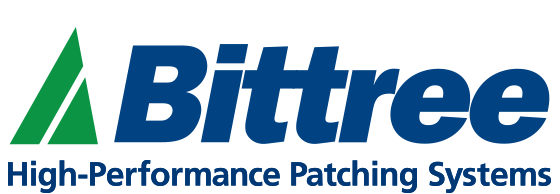Posted in Patch Panel
Armored fiber optic cable are cables usually installed into a network configuration for added mechanical protection. There are only two types of armored fore optic cable: corrugated and interlocking. Interlocking armor is an aluminum armor and wraps itself around the cable internally to protect indoor and outdoor cables, making them much more rugged and durable to crushing. Corrugated armor is steel tape with a coating around it, and runs longways down the cable. This offers protection for outdoor cables offering extra mechanical and rodent protection.

The benefits of installing armored fiber optic cable, getting a more heavily protected construction, does make for one inconvenience. You have to bond and ground the cable. But if you use a dielectric armored cable, then this process isn’t necessary. Different options exist that offer ground protection without having to bond the armor or having to take the extra steps in installing a cable and a conduit when a cable doesn’t have any armored protection.
Whether or not you are going to need armored fiber optic cable in your project is to really assess the area in which you are doing your install. Are they heavily trafficked areas? Is there a threat of rodents or future construction? If so, then the use of armored fiber optic cable would make sense because of the added layer of protection for the optical fiber and added durability to withstand rodents and the natural elements such as direct sunlight and rain.
Armored fiber optic cable is made for durability and sustainability, excelling in harsh environments and severe conditions. Built to maintain uninterrupted optical information under heavy stress and technically challenged installation situations, armored fiber optic cable is also flexible, enabling custom installation options to accommodate corners or spatially challenged install locations.
If you want to discuss how the use of armored fiber optic cables can improve your workflow drop us a line at +1 (818) 500-8142 or email us at marketing@bittree.com
We love to talk signal flow!
Subscribe to our newsletter and always be the first to hear about what is happening.
© 2025 Bittree

Jack Field
Author